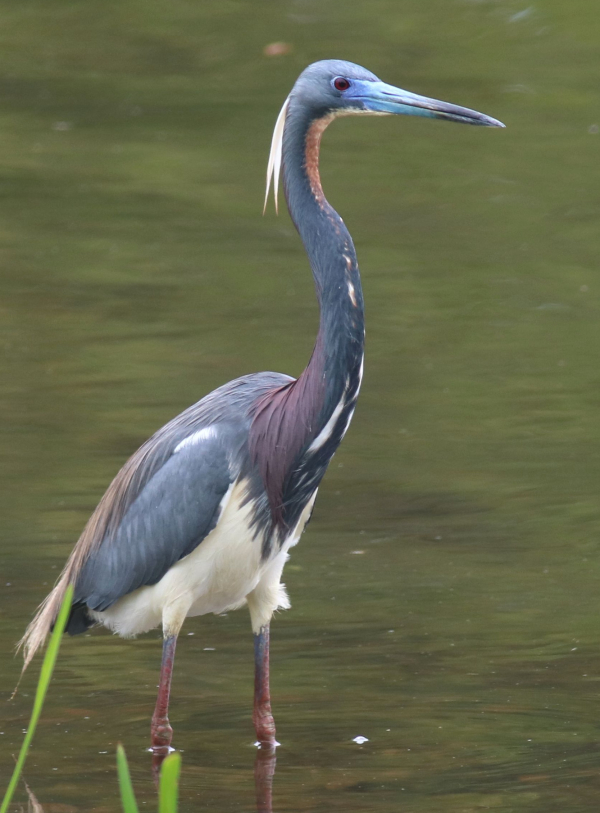
More birders and birding groups are providing information to help land managers keep birding access and bird habitats as a part of their planning process (Tricolored Heron photo by Paul Konrad).
|
Where did you take your most recent birding walk? Where did you photograph birds most recently? Birders often take advantage of birding opportunities on public lands, including parks, beaches, nature centers, wildlife refuges; and in the process, we can provide important information for resource managers and conservation planners with birds and birding opportunities in mind. More and more birders are using their passion for birding as a bridge to inform and help direct land managers to keep birding access and bird habitats part of their planning process.
Inspired by Audubon chapters in northeast Florida, the following 3 suggestions for conservation birding can be practiced by any group or individual to make birding more enjoyable and serve a larger purpose.
Create a “conservation context” for your birding trips. Consider who owns the land you are birding on? Is there a management plan for the area? Does the location support important populations of resident, migratory, or wintering birds? These are questions that can be researched before your outing and shared with other participants. You may be birding in a park purchased with funds from an important conservation effort; this is great information to share with people enjoying the benefits of this location for birding and other outdoor activities.
Use eBird to record your birding observations. Many birders use eBird to better enjoy their birding experiences. eBird provides an easy to use system that helps us record, share, and review our birding experiences – at home and in the field. The under-appreciated benefit of using eBird, though, is that you are contributing to a large citizen-science effort that is frequently used to inform a variety of land management and conservation actions.
By documenting the frequent use of public lands by birders, land managers can weigh decisions about the types of recreation that should be encouraged on their properties along with what changes can be made to improve conditions for their frequent users. It’s easy for birding to be overlooked since it is a low-impact, quiet form of passive recreation, but now local resource managers can review checklists submitted to eBird and better understand public use of their properties – by birders and birds!
Build a relationship with resource managers. We treasure the natural areas around us that support birds, other wildlife, and our outdoor recreational use. Often these lands and waters are cared for by a small number of managers that tend to be grateful for words of encouragement and welcome suggestions for improvements. This can be done in person or by writing a letter, and if you do write within the context of a birding club or Audubon chapter, you can be a positive force by letting managers know who we are, how often we visit, and how we use their property for birding and educational programs, for example. You will probably be impressed with the response you receive, and may even be contacted to answer questions or your group may be invited to participate in management plan reviews – you never know.
Birding can become a tool for sharing information and as a driver for bird conservation. This strategy may become more and more important for keeping our favorite birding locations protected and managed with birds and birders in mind. This information and more was forwarded by Chris Farrel and Audubon Florida in an article you can review at Birding: Hobby or Tool for Conservation? | Audubon Florida